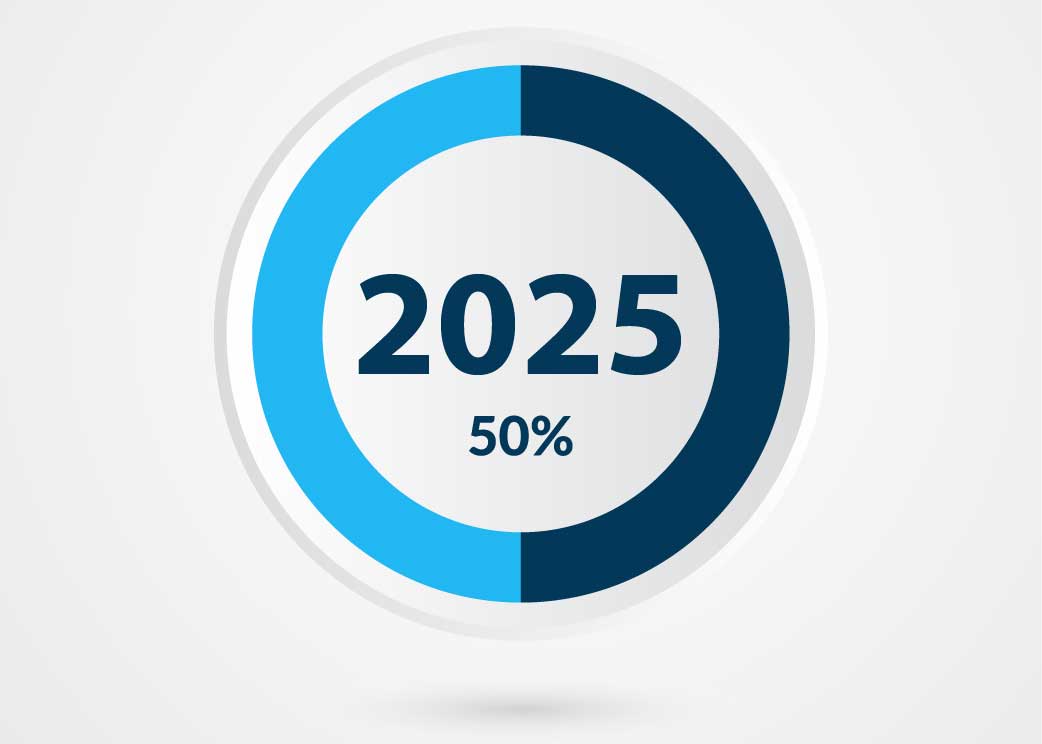Mid-Year Review: How to Reset, Refocus, and Re-Energize Your Team.

SEB Marketing Team
As summer marks the halfway point of the year, leaders have an opportunity to pause, reflect, and realign their teams. The energy that fueled the start of the year may have softened, but this natural midpoint offers a moment to reset and set a clear course for the months ahead. A well-executed mid-year review is for assessing what’s working, identifying what needs adjustment, and reigniting motivation to finish the year strong.
Reflect Before You Redirect
Before setting new goals, it helps to look back with intention. Encouraging your team to review the first half of the year fosters a sense of shared ownership. It’s not about replaying setbacks, but about recognizing achievements and understanding what helped, or hindered, progress.
Team retrospectives can be simple but powerful. Acknowledging project milestones, informal celebrations, or even short team reflections can go a long way in reinforcing morale. Small wins deserve recognition, and honest conversations about roadblocks can uncover lessons that will shape stronger strategies moving forward. It also reinforces psychological safety, creating a space where ideas, concerns, and feedback are welcomed without hesitation.
Rekindling Motivation with Purposeful Goals
The mid-year slowdown is common. Energy dips, goals blur, and motivation can fade. Re-energizing your team means reconnecting people to the purpose behind their work. Start by involving the team in setting or revisiting goals for the second half of the year. When people help shape the path forward, they’re more likely to stay engaged along the way. Break large initiatives into manageable steps that offer a regular sense of progress. And remember that motivation isn’t one-size-fits-all, some team members thrive on recognition, while others are driven by challenge or growth opportunities. Knowing what matters to each person allows you to tailor your support and keep momentum high.
Goal alignment is just as important. Reconfirming how individual and team goals map to the organization’s broader priorities helps reinforce clarity and commitment, especially when adjusting direction midstream.
Working Smarter, Not Harder
Productivity tends to dip when energy does, but that doesn’t mean the solution is pushing harder. A smarter approach to productivity involves clarifying priorities, reducing friction, and making better use of tools and time.
Review how work is getting done. Are your teams spending time on tasks that really move the needle? Are meetings meaningful, or just recurring placeholders? Encouraging focused work periods, minimizing context switching, and adopting tools that automate repetitive tasks can create space for more strategic thinking. When teams feel their time is respected, they bring more focus and energy to the work that matters most.
You don’t have to overhaul workflows. Often, small adjustments make the biggest difference. A short review of internal processes or a team-led audit can uncover quick wins with long-term payoff.
Creating a Culture of Connection and Wellbeing
Sustained productivity depends on more than just goals and tools—it requires a workplace culture that values people as much as performance. Frequent check-ins, both formal and informal, help teams stay connected and surface issues before they grow. Recognition should be regular, specific, and sincere—celebrating effort as much as outcomes. And as workload intensifies mid-year, it’s important to remind teams that rest is not the opposite of productivity, but a vital part of it.
Encouraging flexibility, supporting wellness resources, and modeling healthy boundaries all help create a work environment where people can thrive. When people feel supported on a human level, they’re more likely to show up consistently and give their best effort.
Leadership Sets the Tone
Leadership presence is a key factor in any successful reset. Teams look to their leaders not just for direction, but for energy and encouragement. Leaders who reflect openly on their own progress, show excitement about what’s ahead, and demonstrate care for their own wellbeing set the standard for the team. Giving people the space to own their goals, while also providing the right tools, coaching, and support, strikes the right balance between autonomy and alignment.
Visibility also matters. When leaders are seen engaging in the same practices they encourage—whether it’s time-blocking for focused work or participating in feedback sessions—it builds trust and reinforces shared commitment. Great leaders don’t just drive results; they help people feel confident and capable along the way.
The second half of the year holds just as much potential as the first especially when teams are aligned, energized, and supported. A thoughtful mid-year review is a chance to celebrate progress, reset expectations, and bring new energy into the months ahead. When leaders take time to reflect, reconnect, and re-engage their teams, they lay the groundwork for a finish that’s not only productive, but purposeful because it’s not just what gets done, but how it teams show up to do it.
Post navigation
Related Posts

3 Keys to Sustainable Excellence of High-Performance Teams
You spent a considerable amount of capital and time hiring the best engineers, the most…

Your 5-Point Generative AI Policy Checklist for HR and Tech Leaders.
It’s official: Generative AI (GenAI) is no longer a futuristic concept—it’s a powerful productivity co-pilot…

The Psychological Safety Re-Check: Why Even Top Teams Need a Periodic Vulnerability Audit
You’ve built a rockstar team. They hit their numbers and they crush their goals. Congratulations!…
